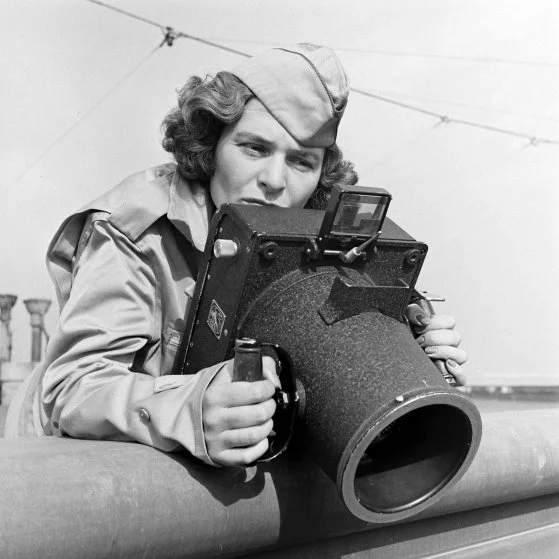Photography Tid-Bits


Margaret Bourke-White: Time's Magazine's first female photographer.
What are bits in photography?
Bit depth refers to the number of colors that can be displayed by a digital device. The higher the bit depth, the more colors used in the image and, consequently, the larger the file size. JPEG images are always recorded with 8-bit depth. This means the files can record 256 (28) levels of red, green and blue.
Did you know? Click on the word below to find out.
- Aperture
- Macro
- 3D – Three dimensional
- AEB – Atomic exposure bracketing
- CCD – Charge coupled device
- CMOS – Complimentary metal oxide semi conductor
- CMYK – CYAN, Magenta, yellow, black (colors for print)
- DOF – Depth of field
- DPI – Dots per inch
- DSLR – Digital single – lens reflex
- EV – Exposure value
- EXIF – Exchangeable image file format
- HDR – High Dynamic range
- ISO – International standards organization
- JPEG – Joint photographic expert group
- LCD – Liquid crystal display
- NTSC – National television system committee
- P&S – Point and Shoot
- PAL – Phase altering line
- POV – Point of view
- PPI – Pixels per inch
- RAW – Uncompressed or (raw)
- RGB – Red, Green, Blue (color for screen)
- SD – Secured digital
- SLR – Singe lens reflex
- TIFF – Tagged image file format
- WB – White balance
- XD – Extreme digital
- ZLR – Zoom lens reflex
Reverse Dictionary – Camera Definitions
